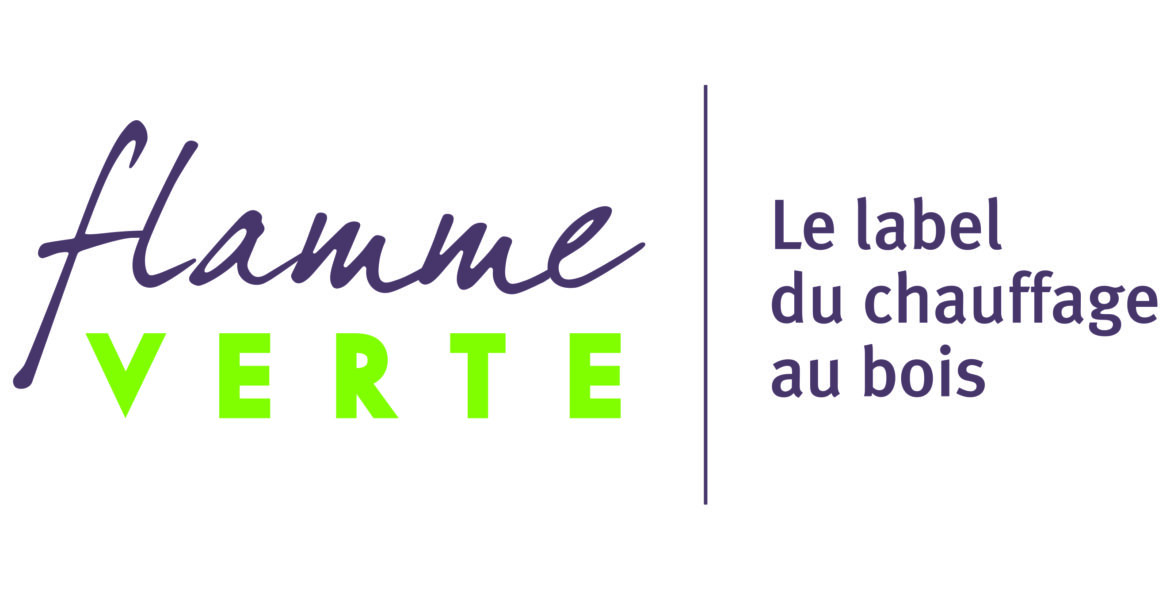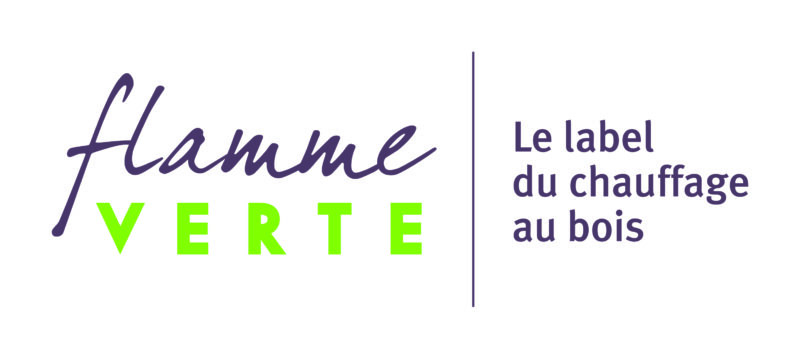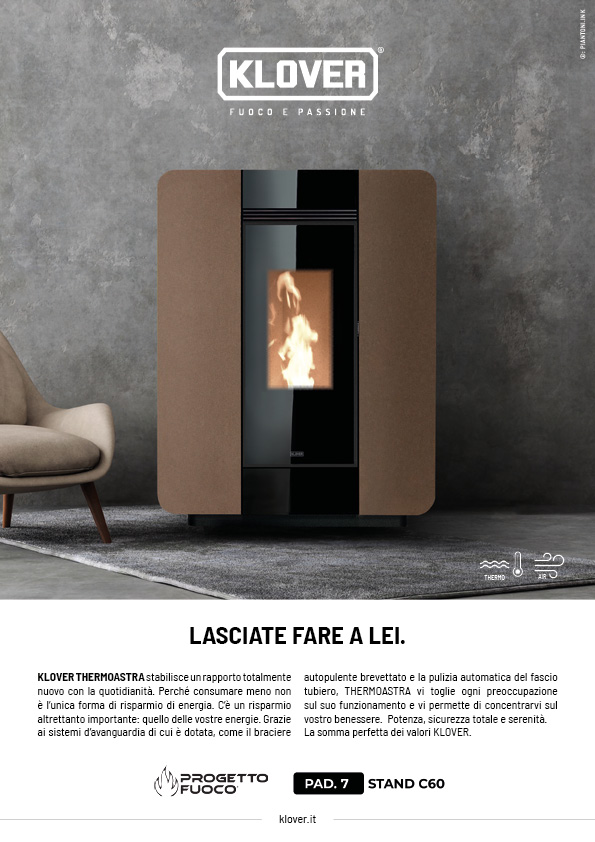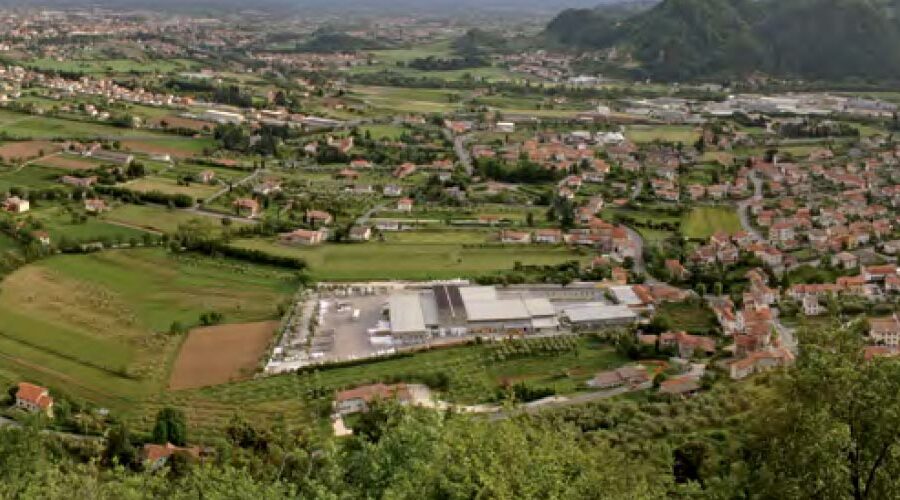
- 0
- 1.4K
- 0 likes
Developments in aid for wood heating in France
Talking with Mr. AXEL RICHARD, Responsable label Flamme Verte, Syndicat des énergies renouvelables

What are the developments in 2021 in terms of aid for wood heating?
The year 2021 saw the finalization of the transformation of the Energy Transition Tax Credit (CITE) into a bonus scheme called MaPrimeRénov, launched in 2020. Since January 1, 2021, there is therefore no longer a tax credit but only bonuses, which range from € 600 to € 3,000 for an independent appliance and from € 3,000 to 10,000 for a biomass boiler. The amount of aid therefore now depends on household income and the price of the installation (installation included), since the accumulation of various state aid cannot exceed a certain percentage of the total cost. Compared to 2020, however, there is a certain consistency since the income thresholds and the amounts of assistance do not change: it is the procedure for obtaining assistance that ends up being standardized through a central interlocutor. , the National Housing Agency (ANAH).
Has this had an impact on the wood heating market?
It is difficult to have a clear idea of the impact of this change which began in 2020, given the impact of the health crisis. However, its entry into force in the midst of the health crisis had an effect on sales to the most modest households which were eligible, since any sale to these households was made conditional, in order to obtain the aid, to a validation of the ANAH. However, it found itself understaffed to manage the influx of cases, resulting in waiting periods of several months in an already difficult economic and health context. As a result, some of the sales either did not materialize or were made without state aid. Today the system appears to be well managed, with response times remaining of around two weeks, which was the time initially promised by the government. Compared to the CITE, which made it possible to receive aid one to two years after the sale, individuals will now receive this aid within a much shorter period, of the order of a few months. On the other hand, this involves much more complex administrative procedures for the individual or company agent who may have the right to submit the files in place of his clients.
In addition, this change still partially excludes the 20% of the wealthiest households who, if they wish to benefit from a premium for their heating system, must carry out an overall renovation to achieve an energy saving of at least 55% with supporting energy audit. This is all the more regrettable as before the change of system, these same households accounted for 50% of renovation work subsidized by the tax credit. This change, which therefore largely responds to budget-saving logic, will undoubtedly not help to increase the number of jobs. While the initially announced goal was to simplify the device to increase the number of jobs, evolution has in fact made it more complex. We will have to wait until we have a full report from the French administration to know whether, overall, the increase in work for the poorest households will have offset this reduction for the wealthiest households.
Have the technical eligibility criteria changed for wood heating?
In 2021, MaPrimeRénov’s aid criteria are still in line with the criteria for the 7-star class of the Flamme Verte label. This, created in 2000 by the industry with the support of the National Agency for Ecological Transition (ADEME), is a guarantee of quality for stoves, inserts, closed hearths, stoves and log boilers, with pellets or even with platelets. The verifications are carried out there by a certifier, an independent and certified third party. The evolution of the label’s criteria over the past 20 years has resulted in the improvement of products towards increasingly efficient references from an energy and environmental point of view.
In 2021, there has been no change in the eligibility criteria for independent devices. However, since January 1, 2021, the 7-star class of the Flamme Verte label has changed for boilers. It is now based on energy efficiency and seasonal emissions, as defined in the European Ecodesign Regulation, while being a little more demanding than this one. The MaPrimeRénov device has also evolved in this direction to adapt to changes in the label. However, the criteria of the aid go further than the simple boiler since they require that the installation of a boiler with manual feed be associated with a buffer tank, and the installation of a boiler with automatic feed with a silo of 225 liters minimum.
For more details on financial assistance for wood heating, there are pages dedicated to the subject on the site www.flammeverte.org.













